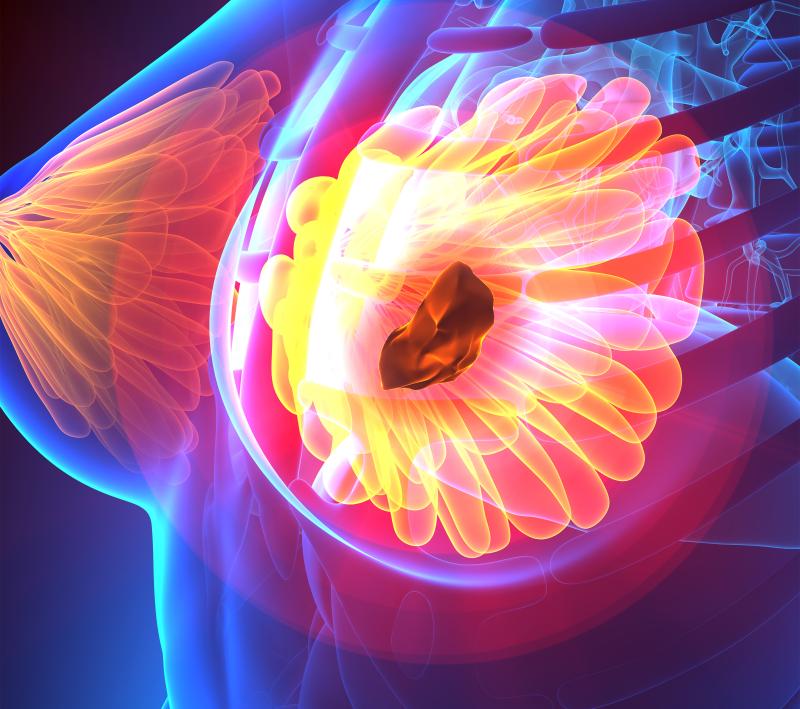Content on this page:
Content on this page:
Overview
Breast cancer is the presence of a malignant breast nodule,
mass, or abscess as stated in the Introduction
section.
Breast cancer has the highest incidence among all cancers
globally. Incidence and prevalence of the disease regionally and worldwide can
be found in the Epidemiology
section.
Breast cancer development is due to the malignant
proliferation of epithelial cells lining the ducts or lobules of the breast. This
process is further discussed in the Pathophysiology
section.
The Risk Factors
section discusses the different factors that can contribute to the development
of breast cancer, some of which are reproductive factors, advanced age, family
history and other conditions that increase the risk of having breast cancer.
Risk factors that can contribute to disease recurrence are also included in
this section.
Classification
of breast cancer based on histologic diagnosis is discussed in this section.
 Breast Cancer_Disease Summary
Breast Cancer_Disease SummaryHistory and Physical Examination
The Clinical Presentation
section enumerates the presenting signs and symptoms of breast cancer.
In the History
section, pertinent information to be elicited from the patient are mentioned.
As stated in the Physical
Examination section, a complete breast examination is an
essential part in assessing patients suspected to have breast cancer.
Diagnosis
Triple assessment is an established method to diagnose
breast cancer. It consists of clinical evaluation, imaging (ie mammography
and/or ultrasound), and pathology (histology and/or cytology). These are
enumerated and discussed in the Laboratory Tests
and Ancillaries and Imaging sections.
The Differential Diagnosis
section enumerates the heterogenous group of conditions that can mimic breast
cancer, and these should be ruled out.
Management
The Evaluation
section resents the tumors, nodes, and metastases (TNM) staging system for breast
cancer developed by the American Joint Committee on Cancer and Union
Internationale Contre le Cancer.
In the Principles of
Therapy section, the advantages and indications of preoperative
systemic chemotherapy are discussed as well as the recommended sequence of
adjuvant therapies.
The Pharmacological Therapy
section includes the discussion of various drug options used in management
of patients with breast cancer. These include drugs for risk reduction of carcinoma
in situ, systemic therapy for invasive breast cancer and recurrent unresectable
or metastatic breast cancer, and adjuvant endocrine therapy.
Surgical techniques that can be performed according to the
type of breast cancer are enumerated and elaborated in the Surgery section.
Options for the radiotherapeutic approach for each stage of
breast cancer are enumerated and discussed in the Radiation Therapy section.
Characteristics of disease progression as well as its
assessment are included in the Monitoring
section.












